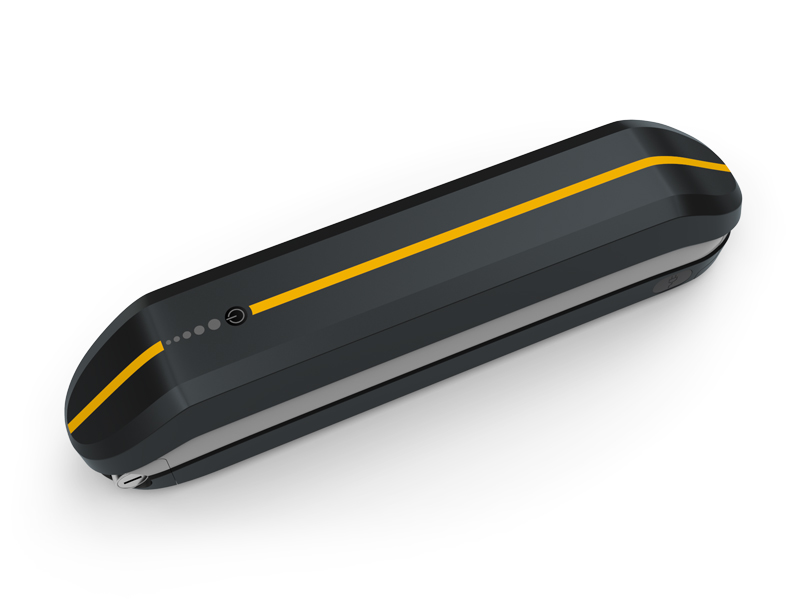- 09
- Dec
Is the basic theoretical service life of ternary lithium batteries only above the middle?
Theoretical lifetime
Calculate the service life based on the capacity attenuation ratio of the ternary material after use. When the capacity life is zero, stop using it directly. The professional algorithm is generally three times after the lithium battery is fully discharged, which is called the cycle life. When using lithium batteries, irreversible chemical reactions may cause the battery capacity to decrease, for example, during improper use, or at extremely high or low temperatures. For example, the differentiation of electrolytes, the inactivation of active materials, and the collapse of positive and negative structures have led to a decrease in lithium ion embedding and de-embedding. Experiments show that the higher the discharge rate, the faster the capacity drop, the smaller the discharge current, and the closer the battery voltage is to the equilibrium voltage, the greater the energy released.

The theoretical life of a ternary lithium battery is 1200 full charge and discharge times, that is, the full cycle life. The ternary lithium battery can be used for 10 or 8 years, depending on the operating frequency, even if the amount of loss or discharge is reduced. This means that this is the capacity life, 8 years later, the capacity of the lithium battery will exceed 60%. This is the norm.
For commercial lithium batteries, the theoretical life of ternary lithium batteries is medium. Lithium iron phosphate is about 2,000 times, and lithium titanate is said to be up to 10,000 times. So far, mainstream battery manufacturers have promised to achieve more than 500 times the three-component battery specifications (charge and discharge under standard conditions). However, due to the same problem, the cycle life of the battery is about 400 times. The important reason is that the voltage and Use each other. Sodium resistance cannot be the same. The Windows ratio of SoC applications recommended by the manufacturer is 10 to 90%. Deep charging and discharging are not recommended. Otherwise it will cause irreversible damage to the positive and negative structure of the battery. Assuming that the battery is a shallow battery, the cycle life is at least 1000 times. In addition, assuming that lithium batteries are repeatedly discharged at high speeds and high temperatures, the battery life will be significantly shortened by less than 200 times.
